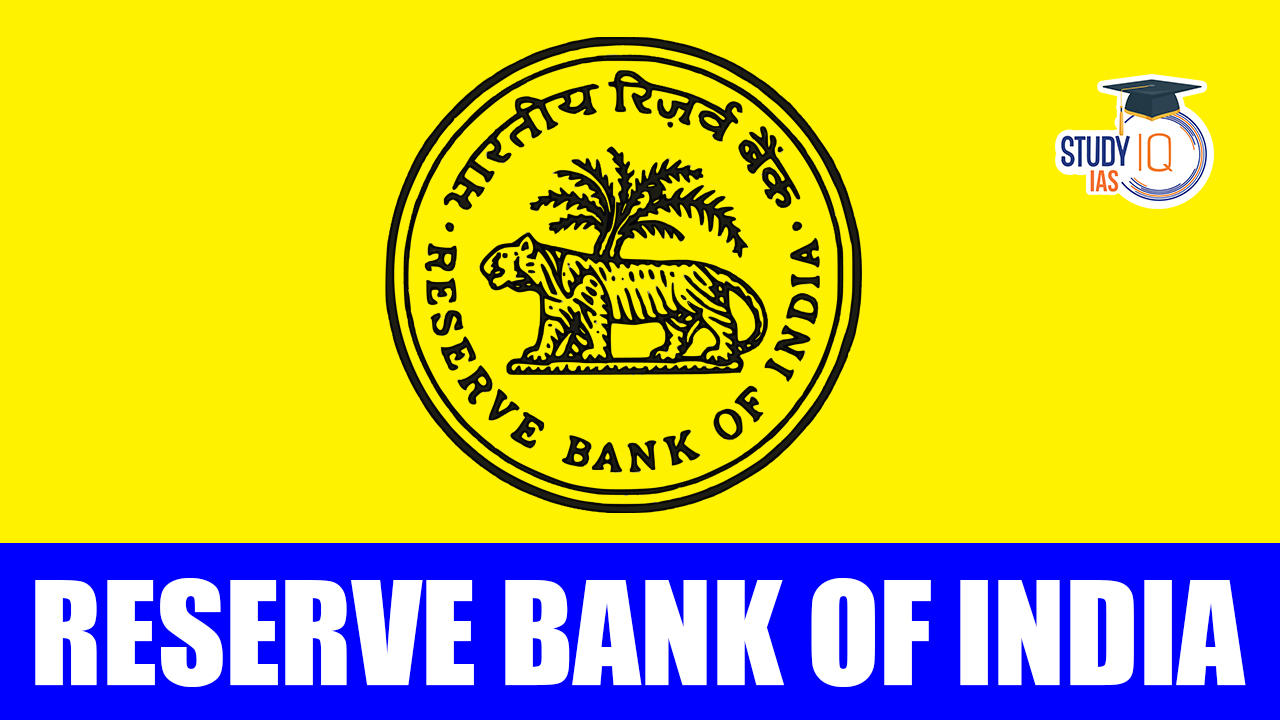Table of Contents
Reserve Bank of India
The Reserve Bank of India (RBI) is India’s central bank and a key financial institution responsible for maintaining monetary stability and ensuring the soundness of the country’s financial system. Established in the mid-1930s, the RBI functions as the monetary authority, regulator, and supervisor of the banking sector.
Read about : MCLR Marginal Cost of Funds Based Lending Rate
Reserve Bank of India (RBI) History
The Reserve Bank of India (RBI) was established on April 1, 1935, in accordance with the provisions of the Reserve Bank of India Act, of 1934. It serves as the monetary authority, regulator, and supervisor of the financial system, controlling monetary policy, managing foreign exchanges, and overseeing payment and settlement systems. The concept of the RBI was influenced by Dr. Ambedkar’s book “The Problem of the Rupee – Its Origin and its Solution,” and its establishment was based on the recommendations of the Hilton Young Commission in 1926. The RBI plays a developmental role, acts as the issuer of currency, and serves as the banker to the Government of India.
Reserve Bank of India Timeline
| Year | Event |
| 1934 | The British enacted the Reserve Bank of India Act |
| 1935 | Reserve Bank of India was established on 1st of April in Calcutta |
| 1937 | Reserve Bank of India was permanently moved to Mumbai |
| 1949 | It was nationalized after independence. The bank was held by private stakeholders before this. |
Read about : Indian Financial System
Reserve Bank of India (RBI) Functions
Functions of the Reserve Bank of India (RBI) include:
- Monetary Policy: Formulating and implementing monetary policies to maintain price stability and control inflation.
- Financial System Regulation: Regulating and supervising the financial system to ensure its stability and soundness.
- Currency Issuance: Issuing and managing the currency notes and coins in circulation.
- Foreign Exchange Management: Managing and regulating foreign exchange reserves and facilitating external trade and payments.
- Developmental Role: Promoting and supporting the development of financial institutions, markets, and infrastructure.
- Payment and Settlement Systems: Overseeing and regulating payment and settlement systems to ensure efficiency and security.
- Banker to the Government: Acting as the banker and debt manager for the Government of India and state governments.
- Data and Research: Conducting economic and financial research and collecting data to facilitate informed policy decisions.
- Consumer Protection: Protecting the interests of consumers in banking and financial transactions.
- Financial Inclusion: Promoting financial inclusion and ensuring access to financial services for all segments of society.
Read about: Difference Between Organised and Unorganised Sector
RBI Act 1934
The RBI Act, of 1934 is a significant legislation that establishes the legal framework for the functioning and operations of the Reserve Bank of India (RBI). Here are some key provisions of the RBI Act, of 1934:
| Provision | Details |
| Establishment | The Act was enacted on 6th March 1934 and came into effect on 1st April 1935, establishing the RBI as the central banking authority in India. |
| Objectives | The Act defines the objectives of the RBI, including the regulation of the currency and credit system, promoting monetary stability, and fostering the development of a sound financial system. |
| Functions and Powers | The Act outlines the functions and powers of the RBI, including issuing and managing currency, regulating the financial system, formulating and implementing monetary policies, and acting as a banker to the Government of India. |
| Capital and Shareholding | The Act specifies the authorized capital of the RBI and provides provisions related to the ownership and transfer of shares. |
| Reserve Fund and Dividend | The Act mandates the creation and maintenance of a Reserve Fund by the RBI and regulates the distribution of profits and payment of dividends. |
| Board of Directors | The Act establishes the Board of Directors of the RBI, including the Governor, Deputy Governors, and other directors, defining their appointment, tenure, and powers. |
| Banking Regulation and Supervision | The Act grants the RBI the authority to regulate and supervise banks and financial institutions in India, ensuring their stability and soundness. |
| Monetary Policy | The Act provides the legal framework for the formulation and implementation of monetary policy by the RBI, enabling it to regulate interest rates, reserve requirements, and other monetary policy tools. |
Read about:National Payments Corporation of India
Headquarter of RBI
The headquarters of the Reserve Bank of India (RBI) is located in Mumbai, Maharashtra, India. The specific address of the RBI headquarters is “Central Office Building, Shahid Bhagat Singh Marg, Mumbai – 400001.” It serves as the central administrative and operational hub of the RBI, overseeing its functions and operations throughout the country.
RBI has four zonal offices: New Delhi for North, Chennai for South, Kolkata for East, and Mumbai for West along with19 regional offices and 11 sub-offices at present.
The bank has two training colleges for its officers: Reserve Bank Staff College at Chennai and College of Agricultural Banking at Pune.
Also Read: Informal Economy in India
Governor of RBI
The current Governor of the Reserve Bank of India (RBI) is Shaktikanta Das, who is the 25th person to hold this position. Prior to his role as Governor, Das served as a member of the Fifteenth Finance Commission and represented India as the Sherpa to the G20. He brings extensive experience as a retired 1980-batch Indian Administrative Service officer from the Tamil Nadu cadre. The Governor of RBI holds an important position due to the following reasons:
- Formulates and implements monetary policies.
- Regulates and supervises the banking and financial sector.
- Maintains economic stability and controls inflation.
- Manages currency issuance and reserves.
- Represents RBI nationally and internationally.
- Handles crisis management and implements risk mitigation measures.
- Communicates policies to the public, markets, and stakeholders.
Read about:List of RBI Governors of India
Reserve Bank of India UPSC
The Reserve Bank of India (RBI) is an important topic for the UPSC (Union Public Service Commission) examination due to its relevance to various aspects of the UPSC Syllabus 2024. Understanding the functions and roles of the RBI, its monetary policies, banking regulations, and its significance in India’s financial system is crucial for aspirants appearing for UPSC exams. Familiarity with the RBI’s history, objectives, governance structure and its impact on the Indian economy is essential for aspirants to successfully tackle questions related to banking, finance and economic policies in the UPSC examination. Aspirants can benefit from UPSC Online Coaching and UPSC Mock Test to get an insight into such topics.
Read about : Payment banks


 Wholesale Price Index (WPI) Latest Data ...
Wholesale Price Index (WPI) Latest Data ...
 Unemployment Rate in India, Current Rate...
Unemployment Rate in India, Current Rate...
 Central Board of Direct Taxes (CBDT), Fu...
Central Board of Direct Taxes (CBDT), Fu...

















